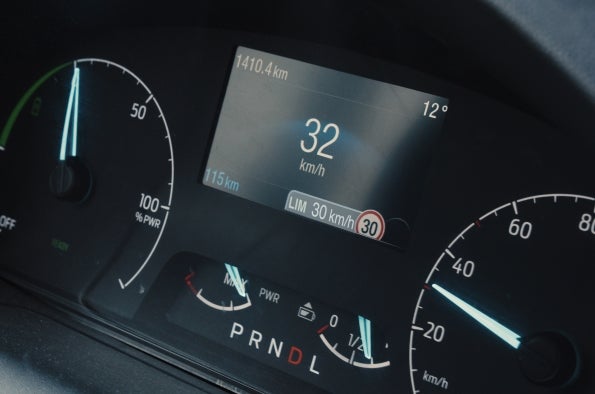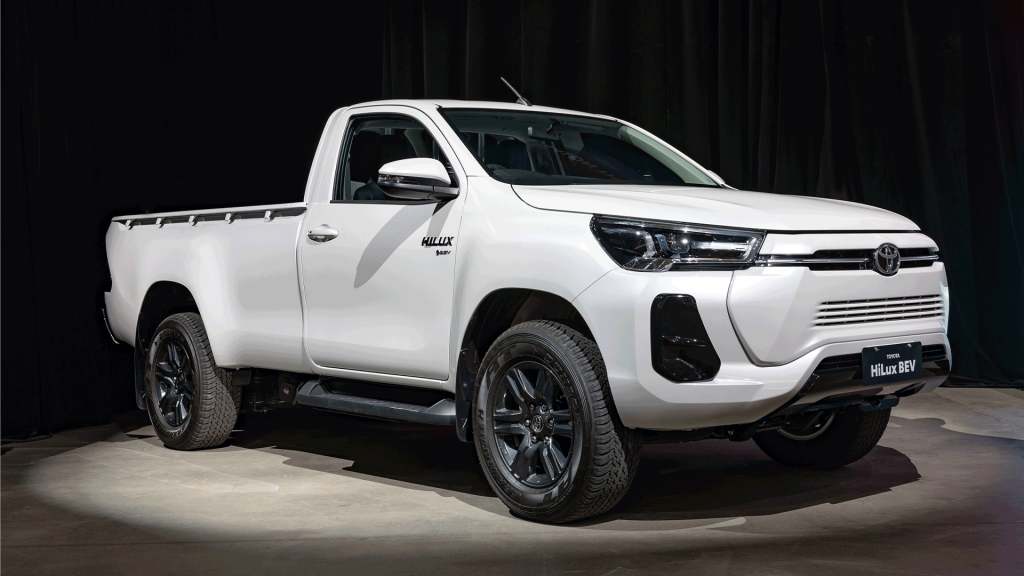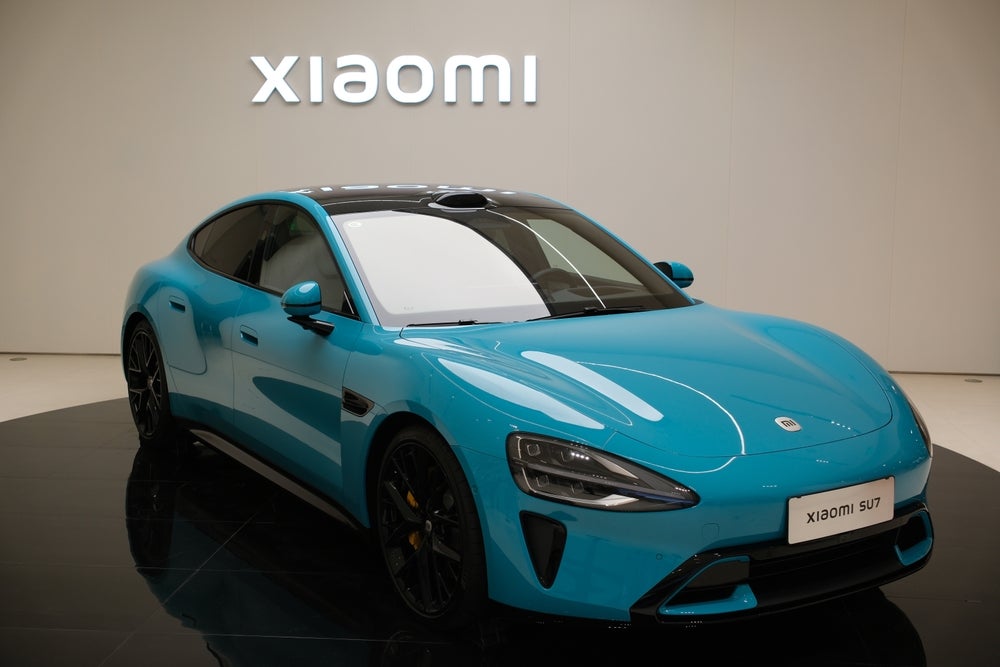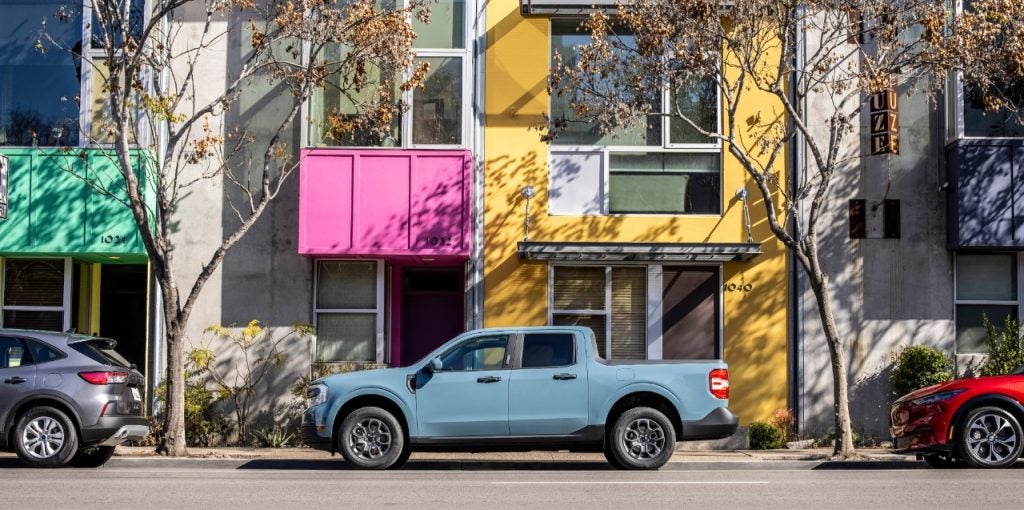
Ford is trialling connected vehicle technology using geofencing – a virtual geographical boundary – that it says could one day do away with the need for speed limit signs completely. As well as potentially making streets safer for other road users and pedestrians, Ford’s ‘Geofencing Speed Limit Control’ system could help drivers avoid inadvertently incurring speeding fines and improve roadside appearances.
“Connected vehicle technology has the proven potential to help make everyday driving easier and safer to benefit everyone, not just the person behind the wheel,” said Michael Huynh, manager, City Engagement Germany, Ford of Europe. “Geofencing can ensure speeds are reduced where – and even when – necessary to help improve safety and create a more pleasant environment.”
Ford points out that driver assistance technologies such as Ford’s Intelligent Speed Assist and Adaptive Cruise Control with Stop & Go already help ensure drivers do not exceed speed limits. However, it says Ford’s Geofencing Speed Limit Control system is potentially more flexible and effective than on-board systems, and could in future be applied to Ford commercial and passenger vehicles.
Researchers are using two FordPro vehicles to analyse the impact of speed limiting in terms of improving traffic flow and reducing the risk of accidents. Testing with the all-electric Ford E-Transit vans extends to all 30km/h zones in the centre of Cologne, in Germany, as well as in selected 50 km/h and 30 km/h zones elsewhere in the city.
The trial is the result of a collaboration between the Ford City Engagement team, city officials in Cologne and Aachen, and Ford software engineers in Palo Alto, in the US. Together with colleagues in Aachen, the Palo Alto engineers developed technology that connects the vehicle to the geofencing system for GPS tracking and data exchange.
The driver receives the information via the dashboard display cluster, with the new speed limit flashing below the current speed. The vehicle automatically reduces speed in line with the geofenced zone. The driver can override the system and deactivate the speed limit control at any time.
How well do you really know your competitors?
Access the most comprehensive Company Profiles on the market, powered by GlobalData. Save hours of research. Gain competitive edge.

Thank you!
Your download email will arrive shortly
Not ready to buy yet? Download a free sample
We are confident about the unique quality of our Company Profiles. However, we want you to make the most beneficial decision for your business, so we offer a free sample that you can download by submitting the below form
By GlobalDataIn the future, Ford’s Geofencing Speed Limit Control system could enable drivers to set their own geofencing zones at speeds as low as 20 km/h, including at depots and private facilities. Speed limits could also be set dynamically, to take into account local hazards, temporary road works and the time of day.
“Our drivers should benefit from the latest technical support, including geofencing based assistant systems that enable them to keep to the speed limits and fully concentrate on the road,” said Dr. Bert Schröer, Head of Vehicle Technology and Mobility, AWB, a waste disposal company involved in the trial along with the City of Cologne.
The trial runs until March 2023 and is part of broader research initiatives putting pre-production and prototype Ford E-Transit vehicles to the test across a variety of intensive real-world operating scenarios, including in the postal, municipal and utilities services, as well as last mile and grocery delivery sectors within France, Germany, Italy, the Netherlands, Norway and the UK.







